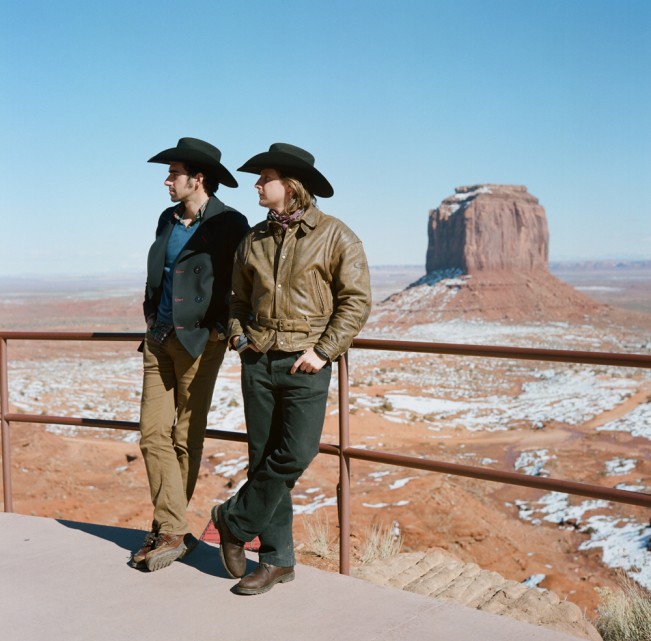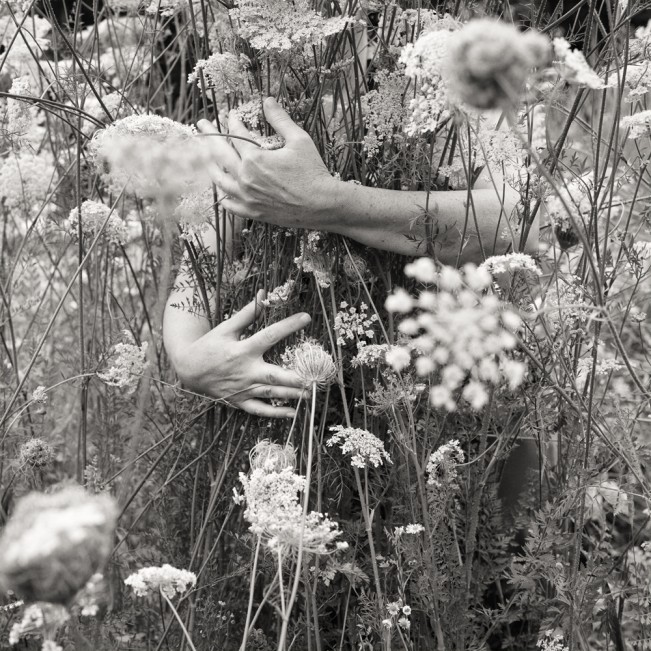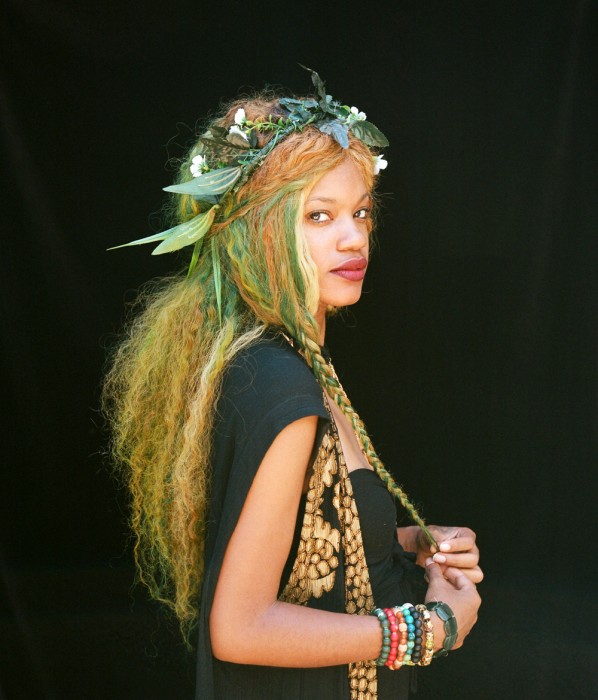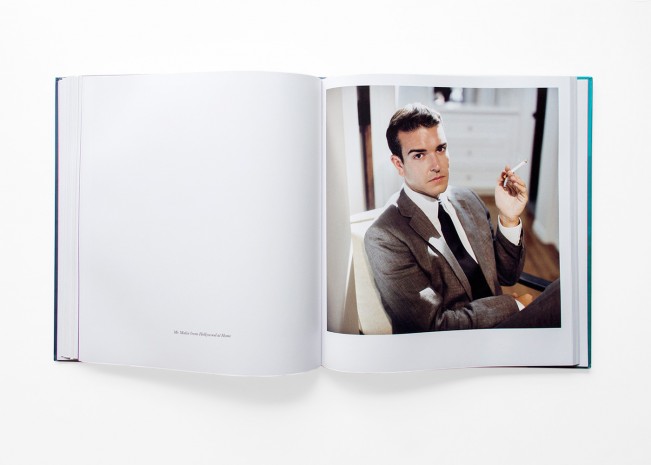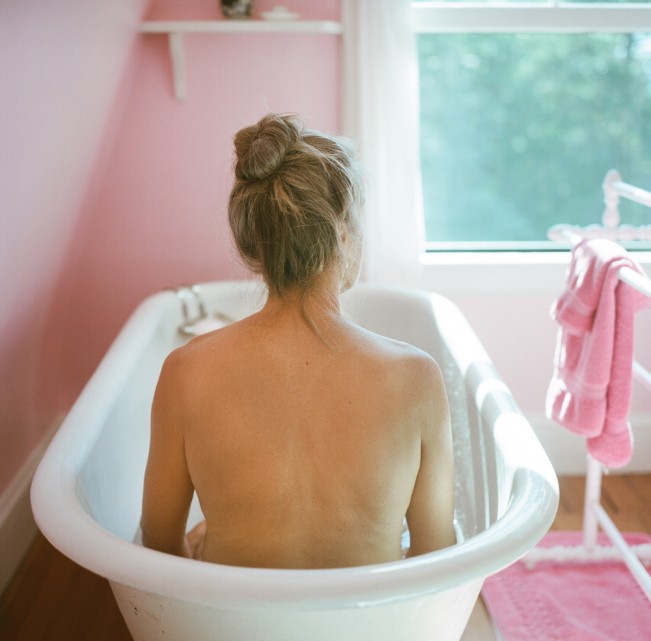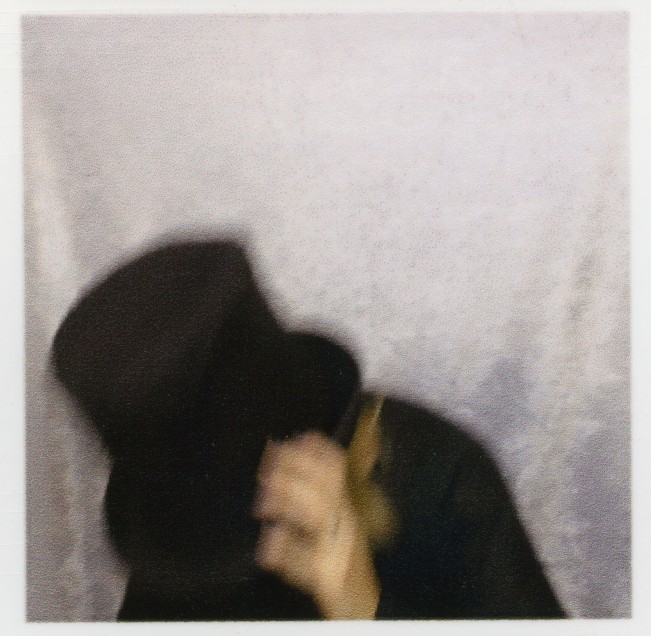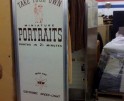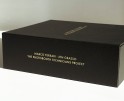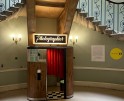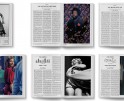2015 in the Rear View Mirror
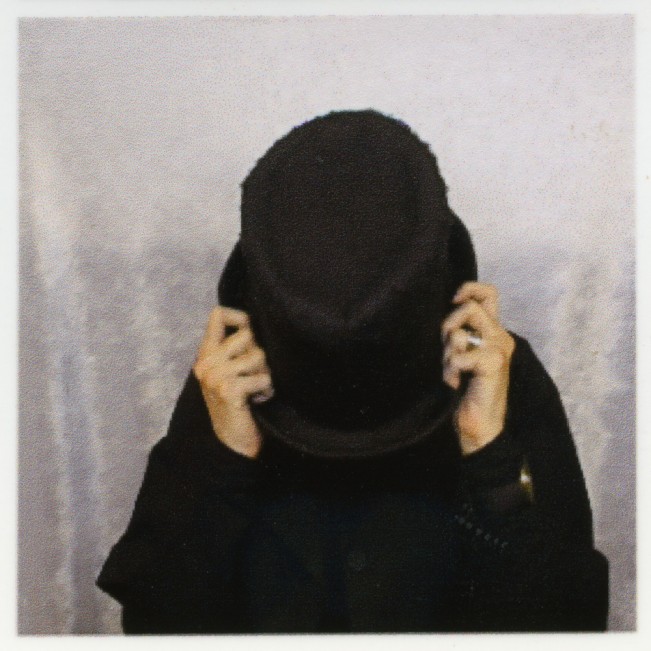 Wait. What just happened. How did it all go by so fast? Time seems to be morphing into a new reality. What an amazing year this has been–so many new mountains climbed, so many planes boarded, so many trips to the post office, and best of all, so many connections with friends old and new. More than any other year, I have experienced a roller coaster of emotions–fear, self-doubt, burn-out, inspiration, exhaustion, joy, and hope. I’ve seen a lot of work this year, attended numerous photo events, taught an array of workshops and have been thinking a lot about the state of photography today.
Wait. What just happened. How did it all go by so fast? Time seems to be morphing into a new reality. What an amazing year this has been–so many new mountains climbed, so many planes boarded, so many trips to the post office, and best of all, so many connections with friends old and new. More than any other year, I have experienced a roller coaster of emotions–fear, self-doubt, burn-out, inspiration, exhaustion, joy, and hope. I’ve seen a lot of work this year, attended numerous photo events, taught an array of workshops and have been thinking a lot about the state of photography today.
Recently Sarah Hadley interviewed me for F-Stop Magazine and I shared some of those thoughts:
I’m beginning to think there has to be a big seismic shift in how we make and present work. Most photographers have been working in the 20+-image project template, which ultimately constrains creativity. I certainly understand how the process of revisiting an idea over time in a specific way makes for a meaningful body of work, but now it’s become the norm, and to be honest, it’s gotten a bit stale. It’s important to consider creativity and these templates don’t always allow for it. In my opinion, that may be one reason why the photo book has become so important as it allows for new ways of considering photographic art. I’ve looked at hundreds of portfolios this year, between various reviews, Lenscratch, and jurying Critical Mass and I think it’s time to step away from the well-worn path to success.
On another note, I love the ever-expanding array of personal narrative projects, where ephemera is being combined with old family photographs, new capture, black and white mixed with color. It’s a form of story telling that fleshes out a more layered articulation. McNair Evans project (and book), Confession for a Son, is a perfect example of this. As photographers, we are now using the camera to look inward, and in some ways, using photography as an almost therapeutic expression for our lives. We are creating projects about ourselves, our identities, our families, using the camera to capture our interior worlds rather than just the outside world or what’s reflected in our viewfinders. We have become image-makers rather than image takers. This is a big shift from the days of simply shooting lovely landscapes and portraits.
We rarely say out loud how expensive it is to be a fine art photographer. That cost limits who can participate in this arena and that really, really bothers me. Giving an expanded and diverse population a way to visually articulate their lives is a powerful thing and those are just the people who need photography the most. I do think that it’s possible to get work out into the world without spending a bundle, but not easy. Once I spent a year only submitting to magazines and to nothing that cost any money—submission costs had become too prohibitive and I needed a financial break. But at some point, one needs to get work on the walls and the printing, framing and shipping costs really begin to limit those who can participate in photography. As I tell my students, “submission costs are one thing, but god forbid your work gets accepted, that’s when things get expensive”.
I don’t have the answers, but I think it’s important to start asking questions, to break out of the ordinary and try to shift the paradigm.
A few months ago, I was trying to figure out if I should feature my book, Self & Others: Portrait as Autobiography, on Lenscratch–the self-promotion part of this photo journey has never been easy and I struggled with the ethics of promoting it on Lenscratch. But since it’s the end of a most remarkable year, I figure what the hell. I’m doing an interview with myself….
But before I do, I wanted to give a shout out to some of the photographers who have produced inspiring books this year (there are many, many more I wish I could list!):
Ben Huff, The Last Road North published by Kehrer Verlag, Dave Jordano, Detroit: Unbroken Down, published by Powerhouse Books, Jesse Burke, Wild and Precious, published by Daylight Books, Jess Dugan, Every Breath We Drew, published by Daylight Books, Lori Vrba, The Moth Wing Diaries, published by Daylight Books, Ashly Leonard Stohl, Charth Vader, published by Peanut Press, Pamela Littky, La Villa Bonita published by Kehrer Verlag, Lindsay Morris, You Are You, published by Kehrer Verlag, Susan Barnett: T:A Typology of T-Shirts, published by Dewi Lewis, Joni Sternbach, Surf Site Tin Type published by Damani, Meg Griffiths, Casa de fruta y pan, published by Aint Bad Publishing, Kurt Simonson, Northwoods Journals, published by Flash Powder Projects, Nate Larson and Marni Shindelman, Geolocation, published by Flash Powder Projects, Haley Morris Cafiero, The Watchers, published by the Magenta Foundation. Congrats to all the new book publishers that opened their doors this year!
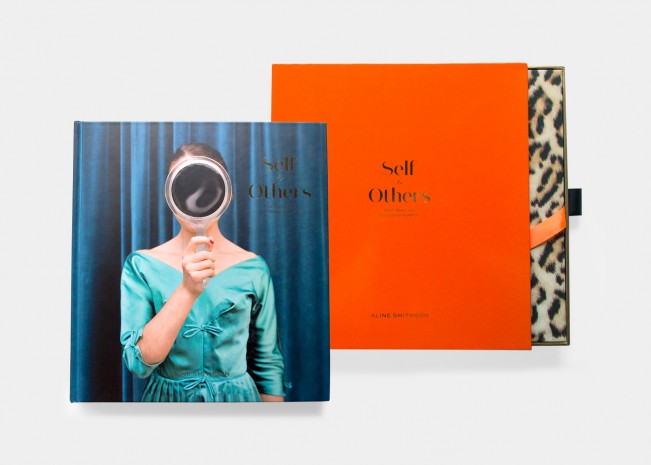 Congratulations on your book. How did it come about? I already know the answer to this, but I guess I have to ask this question or we wouldn’t have an interview….
Congratulations on your book. How did it come about? I already know the answer to this, but I guess I have to ask this question or we wouldn’t have an interview….
It came about when I wasn’t looking for it. As you know, I have hauled that portfolio box to numerous portfolio reviews over the years, meeting with various publishers and while I got close a few times, I never made it to the final lap. Like everyone else, I wanted a book, but in the long run, I’m so glad it happened in the way it did.
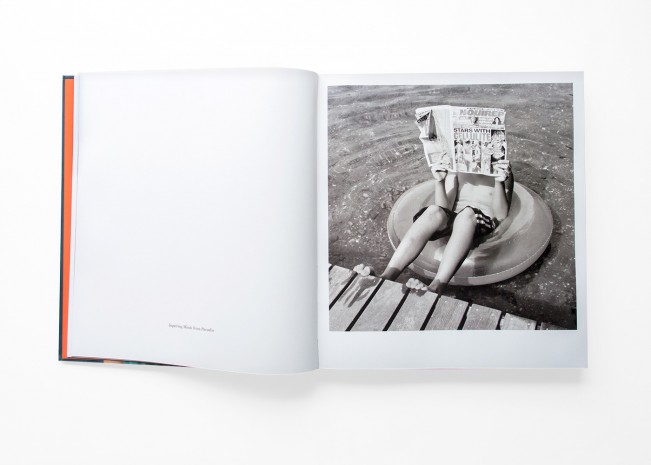
That’s nice. You still haven’t answered my question.
Ok, let me connect the series of events that in some ways describe how most things happen for photographers. Let me start with two concepts: patience and doing for others, as both of these come into play. In 2006, I had a piece in the 12th Annual Griffin Juried Exhibition, juried by the late Bonnie Benrubi. That exhibition got my work on the radar of Griffin curator, Paula Tognarelli. The following year, in 2007, I met with her at Photolucida and she liked my work enough to offer me a solo exhibition. This is where the patience part comes in.
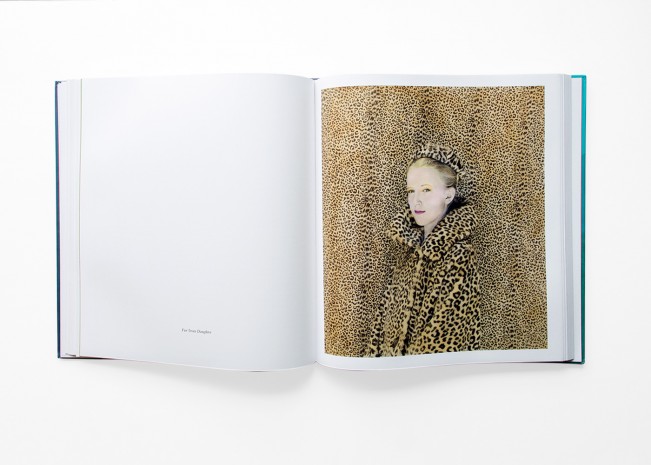 What does this have to do with the book?
What does this have to do with the book?
I’m trying to make a point how connections happen. Hang in there with me. So after she offered the show, I had to wait almost four years for an opening in the schedule. In 2010, I had that show. In 2012, Paula and Crista Dix, my long time gallerist and friend, were at the FotoFest reviews where they were spending time with MaryAnn Camilleri, the Director of the Magenta Foundation. MaryAnn was getting ready to put on the Flash Forward Festival in Boston and was looking for a solo show to complete her roster of exhibitions. Paula and Crista recommended my work and two months later, I was opening a show at the festival and giving a lecture. I enjoyed my time there, getting to know MaryAnn and all the facets of the Magenta Foundation, and was incredibly impressed by her expansive vision.
All right, I’m trying. Later in 2012, MaryAnn asked if I would write the book foreword to the Flash Forward Exhibition book, and I said yes. In 2013, she asked me to be one of the jurors and curators for the Flash Forward Exhibition, and again I said yes. Later that year, I attended the Lensculture/Foto Fest Reviews in Paris, where I was yet again, hauling my portfolio to a review in hopes of something magical happening for my work, and MaryAnn was there reviewing portfolios. I did not review with her, by the way.
So why make the point?
Just felt I had to share that. Anyway, we had some lovely dinners and experiences together in Paris as photography friends. Then one day, in early 2014, MaryAnn gave me a call. She told me that she wanted to publish a retrospective book of my work. I was completely shocked, first because it was a concept I couldn’t imagine and second, because I thought of MaryAnn more as a Festival Director than as a publisher, though she has published some stellar books.
Now we are getting somewhere….
At first I worried about having a large amount of work in one book, but then later realized I could focus on one aspect of my practice—portraiture—and that would make more sense. So, later last year, MaryAnn and Julien Beaupré Ste Marie came to Los Angeles and we determined a direction for the book and made a first pass at images. I spent the next 6 months working on files, considering sequencing, writing four essays and biting my nails—overwhelmed with creating a retrospective and filled with self-doubt, wondering if my work was worthy of a monograph.
In 2015, Julien came back to Los Angeles and we created and filmed the Kickstarter video. The campaign was launched and I was overwhelmed by the support of this community. Then the wheels of motion started moving the process along faster. I went to Toronto to meet with the incredible design team of Gilbert Li, meet the Magenta Board, and spend time with MaryAnn and Julien in preparation for what was to come. The book was put to bed in May and in late August, four huge pallets of books arrived at my front door.
So to make a long story short…the seed that planted the chain of connectivity took nine years to blossom. And what so perfectly completes the circle is that Paula Tognarelli wrote the introduction to the book.
I know you felt a lot of stress, because I kept seeing you roaming around the refrigerator and the liquor cabinet. What was that all about? I mean, how many times a day did you circle back to the kitchen?
Only in a bloated and mentally diminished state could I consider, number one, getting in front of a camera for a Kickstarter video, and number two, feel like anyone would be even slightly interested in investing in a book of my photographic portraiture. It was not a period that I care to revisit. I mean, hearing your voice played back was almost as horrific as the visual part of the experience. We had to cut out some “wide angle” shots from the back and I kept begging to cut me out of the whole video completely.
So would you do a Kickstarter again?
I would never say never, but not for a long, long time. And definitely use puppetry for the video. MaryAnn doesn’t believe in an artist having to pay for their own book so fundraising was a necessity to make the book a reality. Sending out all the rewards and shipping the books sent me back to the liquor cabinet, but at least I had some wonderful help from friends in Los Angeles. And an added benefit, I now have the cell phone # of Travis, the mail guy at the loading dock of my local post office.
What did you learn from this experience?
I am really happy to have a book that reflects a long period of image making, rather than a having a book about a single project—of course, I would love that too, but it feels pretty great to have something more comprehensive. I also learned to have faith in other people’s vision. MaryAnn created something far beyond my imagination and gave me a book that I truly love—in scope and in design.
Making a book makes you want to make another one, and it starts you thinking about what comes next. I remember at a portfolio review a few years back, a publisher asked me if my work was created for exhibition or for a book…and I realized that almost all of my work had been created for exhibition—I was not really considering how it would work as a book—and that seed has changed the way I think about making work.
Most importantly, I learned how supportive and loving (yes, loving) this community is. I still get choked up when I think of the generosity of so many photographers, in buying the book, buying art, and especially to the LA community who jumped in and helped me push it out the door. I think I need to find some kleenex about now.
What’s next and when do you get to relax?
What’s that? There are a lot of exhibitions and book related events coming up, which is exciting. I did a lot of traveling this year and it has been great to meet photographers and look at work from around the country. I really enjoyed attending Atlanta Celebrates Photography for the first time and experience true Southern hospitality.
I gave myself permission to not work on any significant projects this year, and kept my focus on getting the book out into the world. I’m hoping things begin to slow down, but so far, that’s not happening.
I took a little trip to Mexico over Thanksgiving and it was the first time I stopped to smell the sea air, read a book and enjoy guacamole at every meal….in some ways, not working on a project for almost a year has been interesting and I’m doing lots of thinking about what I want to do next. I have about five projects I want to get started on, but am in no hurry. I like percolation time.
Does having a book shift how you see yourself?
Not at all … except after seeing that unedited Kickstarter video, 2016 just might be the year I get disciplined. Having a book gives you a sense of validation, but what’s important to me is what comes next.
Wishing you all the best in 2016!
Posts on Lenscratch may not be reproduced without the permission of the Lenscratch staff and the photographer.
Recommended
-
Spotlight on the Photographic Arts Council Los AngelesNovember 23rd, 2025
-
100 Years of the Photobooth: Celebrating Vintage Analog PhotoboothsNovember 12th, 2025
-
100 Years of the Photobooth: The Photobooth Technicians ProjectNovember 11th, 2025
-
100 Years of the Photobooth: Rafael Hortala-Vallve: AUTOFOTONovember 10th, 2025
-
BEYOND THE PHOTOGRAPH: Q&A WITH PHOTO EDITOR JESSIE WENDER, THE NEW YORK TIMESAugust 22nd, 2025

